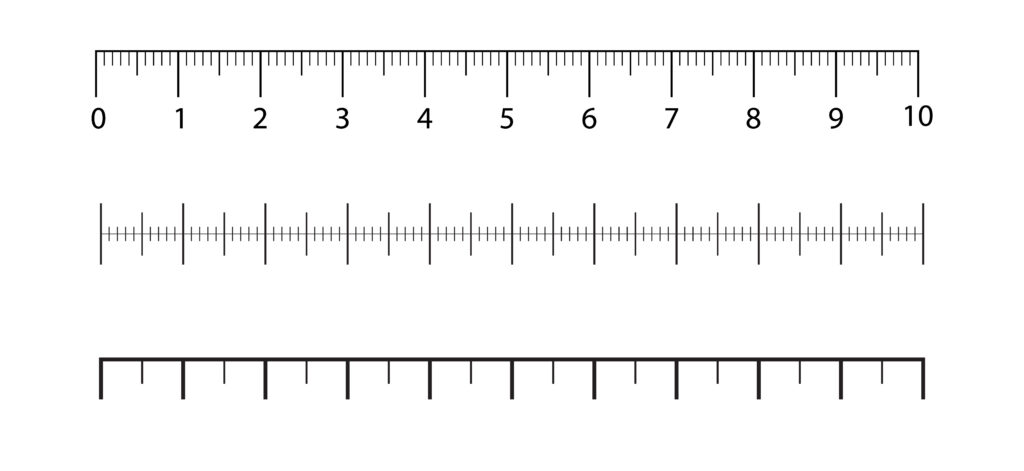Frequency Distribution
Data Collection and Grouping
Explore how raw data can be organized into frequency distribution tables and visualized. Adjust the class intervals and see how the frequency distribution changes!
Student Height Data (cm)
| Class Interval | Tally Marks | Frequency |
|---|
Observation:
The frequency distribution table organizes raw data into meaningful intervals, showing how many data points fall into each range.
The Mathematics Behind Frequency Distribution
Key Concepts:
Frequency distribution is a summary of how often different values occur in a dataset:
- Class Interval: The range used to group data points
- Tally Marks: A quick way to count frequencies
- Frequency: The count of data points in each interval
- Class Size/Width: The difference between upper and lower limits of a class
Steps to Create:
1. Determine the range of data (max - min)
2. Decide on number of classes and class size
3. Create intervals of equal width
4. Count how many values fall into each interval
5. Present in a table or chart


